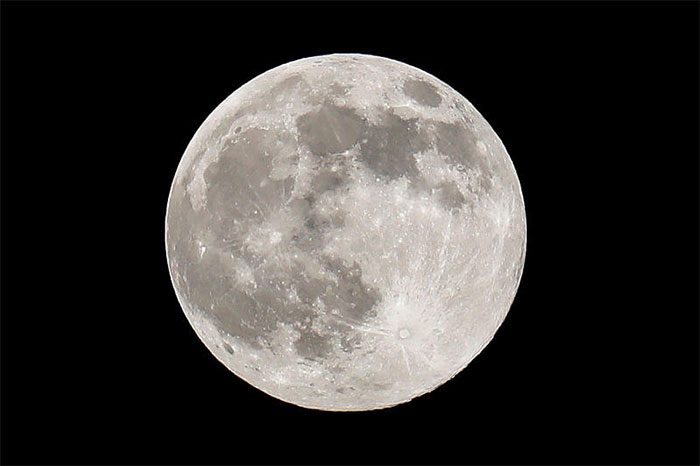On April 2nd, the U.S. government directed the National Aeronautics and Space Administration (NASA) to establish a unified time standard for the Moon and other celestial bodies, amid growing competition in space exploration from both nations and private companies.
Specifically, the head of the White House Office of Science and Technology Policy (OSTP) requested NASA to collaborate with other U.S. government agencies to develop a plan for establishing Lunar Coordinated Time (LTC) by the end of 2026.

. (Photo: Internet).
The gravitational forces and other factors on the Moon and other celestial bodies cause time on these planets to differ from that on Earth. Having a standardized LTC could provide a crucial time measurement standard for spacecraft and lunar satellites, which require extreme precision for missions in space.
An OSTP official stated that without establishing LTC, it would be challenging to ensure safe data transmission between spacecraft and to synchronize communications between Earth, lunar satellites, bases, and astronauts. According to this official, time discrepancies could also lead to errors in mapping and locating positions on or around the Moon.
Therefore, deploying atomic clocks on the lunar surface is essential, especially as commercial activities expand on the Moon. Establishing a unified time standard will aid in coordinating activities and ensuring logistics management.
Through the implementation of the Artemis mission, NASA aims to land astronauts on the Moon in the coming years and establish a scientific base there, laying the groundwork for subsequent missions to Mars. Dozens of companies, spacecraft, and nations have joined in this effort.
In January 2024, NASA announced its plan, named Artemis 3, to land astronauts on the Moon in September 2026, following the first mission named Apollo in the 1970s. In the meantime, NASA plans to carry out the Artemis 2 mission, sending four astronauts to orbit the Moon and return to Earth in September 2025.
According to the OSTP, establishing a common time standard for the Moon will benefit all nations involved in the race for space. However, countries will need to reach a common agreement through the Artemis Accords, which address how to operate in space and on the Moon. Currently, 36 countries have signed this accord.


















































